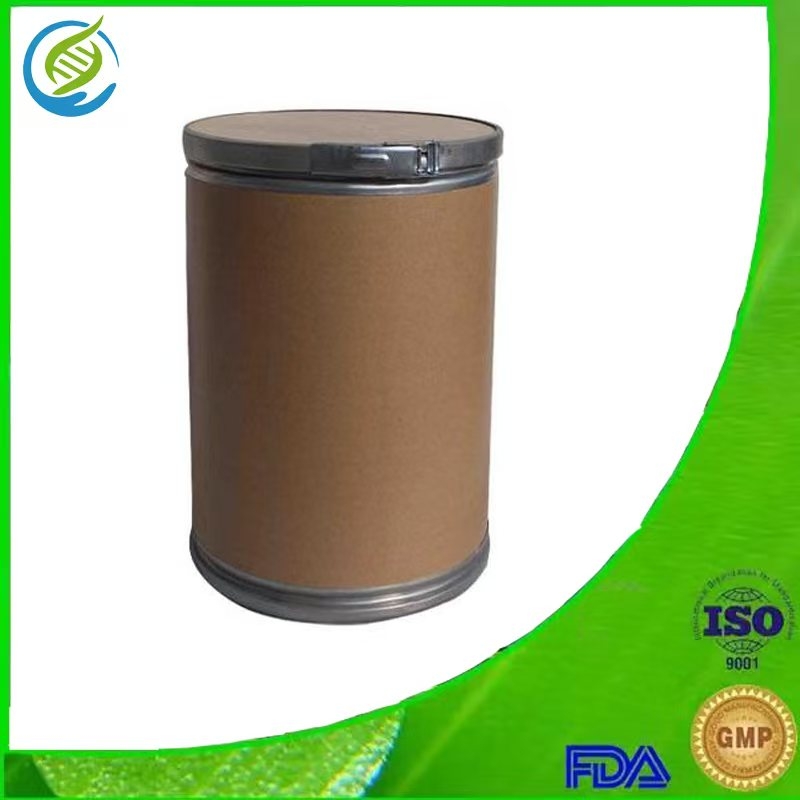-
Categories
-
Pharmaceutical Intermediates
-
Active Pharmaceutical Ingredients
-
Food Additives
- Industrial Coatings
- Agrochemicals
- Dyes and Pigments
- Surfactant
- Flavors and Fragrances
- Chemical Reagents
- Catalyst and Auxiliary
- Natural Products
- Inorganic Chemistry
-
Organic Chemistry
-
Biochemical Engineering
- Analytical Chemistry
-
Cosmetic Ingredient
- Water Treatment Chemical
-
Pharmaceutical Intermediates
Promotion
ECHEMI Mall
Wholesale
Weekly Price
Exhibition
News
-
Trade Service
The synthesis of chloromethylpyrazine is an important process in the chemical industry, as this compound has a wide range of applications.
Chloromethylpyrazine is used as a raw material in the production of agrochemicals, pharmaceuticals, and other chemical products.
There are several synthetic routes available for the synthesis of chloromethylpyrazine, and in this article, we will discuss some of the most commonly used methods.
One of the most common synthetic routes for the synthesis of chloromethylpyrazine involves the reaction of pyrazine with chloroform.
In this reaction, pyrazine is treated with chloroform in the presence of a Lewis acid catalyst, such as aluminum chloride.
The reaction leads to the formation of chloromethylpyrazine, along with the corresponding chlorinated byproducts.
The reaction is often carried out in the presence of solvents, such as ether or hexane, to facilitate the removal of the byproducts.
Another common synthetic route for the synthesis of chloromethylpyrazine involves the reaction of pyrazine with chloroacetic acid.
In this reaction, pyrazine is treated with chloroacetic acid in the presence of a Lewis acid catalyst, such as aluminum chloride.
The reaction leads to the formation of chloromethylpyrazine, along with the corresponding chlorinated byproducts.
The reaction is often carried out in the presence of solvents, such as ether or hexane, to facilitate the removal of the byproducts.
A third synthetic route for the synthesis of chloromethylpyrazine involves the reaction of pyrazine with chloroform in the presence of ultraviolet light.
In this reaction, pyrazine is treated with chloroform in the presence of a photosensitizer, such as benzophenone.
The reaction leads to the formation of chloromethylpyrazine, along with the corresponding chlorinated byproducts.
The reaction is often carried out in the presence of solvents, such as ether or hexane, to facilitate the removal of the byproducts.
Each of these synthetic routes has its own advantages and disadvantages, and the choice of route depends on various factors, such as the desired yield, the purity of the desired product, and the cost of the reactants.
The synthetic routes discussed above are just a few examples of the many methods that are available for the synthesis of chloromethylpyrazine.
In conclusion, the synthesis of chloromethylpyrazine is an important process in the chemical industry, and there are several synthetic routes available for its synthesis.
The selection of a particular route depends on a variety of factors, and the choice of route should be based on the specific requirements of the intended application.
Regardless of the synthetic route chosen, it is important to follow proper safety procedures and to handle the reactants and byproducts in a responsible manner.
With careful planning and attention to detail, it is possible to synthesize high-quality chloromethylpyrazine that meets the desired specifications.






